Marble stone, with its timeless elegance and natural beauty, has been a staple in architecture and design for centuries. As a metamorphic rock formed from limestone under tremendous heat and pressure, marble is renowned for its unique veining patterns and lustrous surface that add a touch of luxury to any space. In this article, we will delve into the characteristics of marble stone, its various types, applications, care, and maintenance tips to help you make an informed choice when considering this exquisite material for your next project.

.
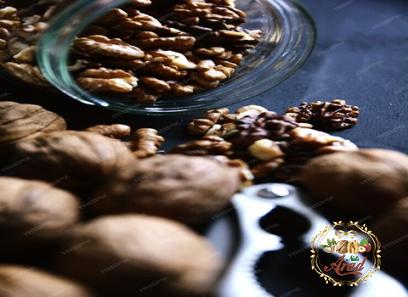 Marble stone is characterized by its distinctive swirling patterns and rich veining, which are the result of impurities such as clay, silt, sand, and iron oxide that were present during its formation. This natural variation gives each slab of marble a one-of-a-kind appearance, making it a popular choice for those seeking a unique and sophisticated aesthetic in their spaces. One of the key features of marble is its durability. While marble is softer than granite, it is still a hardwearing material that can withstand the test of time when properly cared for. Its cool surface also makes it an excellent choice for use in warmer climates, as it naturally remains cooler to the touch compared to other materials.
Marble stone is characterized by its distinctive swirling patterns and rich veining, which are the result of impurities such as clay, silt, sand, and iron oxide that were present during its formation. This natural variation gives each slab of marble a one-of-a-kind appearance, making it a popular choice for those seeking a unique and sophisticated aesthetic in their spaces. One of the key features of marble is its durability. While marble is softer than granite, it is still a hardwearing material that can withstand the test of time when properly cared for. Its cool surface also makes it an excellent choice for use in warmer climates, as it naturally remains cooler to the touch compared to other materials.
..
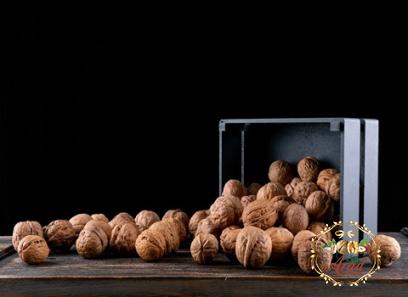 Care and Maintenance of Marble Stone
Care and Maintenance of Marble Stone
While marble stone is a durable and long-lasting material, it does require regular care and maintenance to ensure its beauty and integrity are preserved for years to come. Here are some essential tips for caring for your marble surfaces: 1. Clean up spills immediately: Marble is prone to staining, so it is essential to wipe up spills as soon as they occur to prevent them from penetrating the surface. 2. Use a pH-neutral cleaner: Avoid using harsh chemicals or acidic cleaners on marble, as they can damage the surface. Instead, opt for a pH-neutral cleaner designed specifically for natural stone. 3. Seal your marble surfaces: To protect your marble countertops and other surfaces from staining and etching, it is recommended to seal them regularly with a high-quality sealer. 4. Use coasters and trivets: To prevent scratches, heat damage, and water rings, always use coasters and trivets under glasses, hot pots, and other items that may come into contact with your marble surfaces. 5. Avoid using abrasive cleaners: Abrasive cleaners can scratch the surface of marble, so it is best to use a soft cloth or sponge for regular cleaning.
…
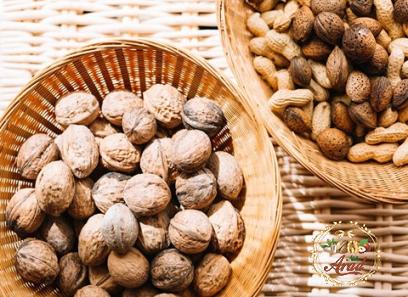 In conclusion, marble stone is a timeless and elegant material that continues to be a top choice for designers, architects, and homeowners alike. Its natural beauty, durability, and versatility make it a perfect option for a wide range of applications, from countertops and flooring to wall cladding and backsplashes. By understanding the characteristics of marble stone, exploring the different types available, considering its applications, and following proper care and maintenance tips, you can confidently incorporate this exquisite material into your design projects with stunning results. Whether you are renovating your home, designing a commercial space, or simply looking to add a touch of luxury to your surroundings, marble stone is sure to exceed your expectations and become a timeless centerpiece in your interior design vision.
In conclusion, marble stone is a timeless and elegant material that continues to be a top choice for designers, architects, and homeowners alike. Its natural beauty, durability, and versatility make it a perfect option for a wide range of applications, from countertops and flooring to wall cladding and backsplashes. By understanding the characteristics of marble stone, exploring the different types available, considering its applications, and following proper care and maintenance tips, you can confidently incorporate this exquisite material into your design projects with stunning results. Whether you are renovating your home, designing a commercial space, or simply looking to add a touch of luxury to your surroundings, marble stone is sure to exceed your expectations and become a timeless centerpiece in your interior design vision.



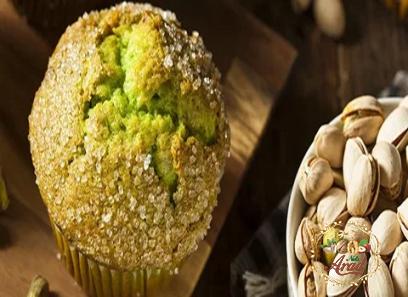


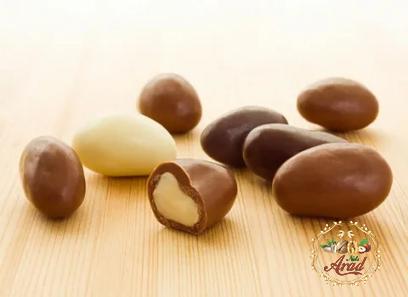



Your comment submitted.